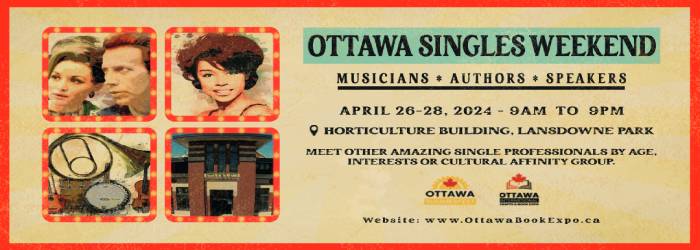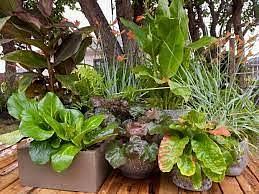Yes, you can have a tropical-feeling garden in Alberta
This summer, CBC Edmonton's Tanara McLean is doing a special column focusing on gardening in our Zone 3 climate. Everything from knowing your planting zone, to ditching the lawn for a water-wise garden, she'll explain why certain garden practices will help you get the best out of your Zone 3 garden.
While your neighbours are meticulously manicuring their sheet of lawn in the backyard, how does lounging in your own tropical-feeling garden sound?
Capturing the essence of a tropical garden in our Zone 3 climate is achievable.
Here's a simple guide to adding a bit of Trinidadian relaxation to your home garden.
Mimic what a tropical garden looks like
Take note of what qualities tropical gardens have.
We're talking juicy, broad leaves that hang like umbrellas, multiple layers of different sized plants converging in a symphony of green, and dense plantings that make the boundaries disappear.
Once you get a good sense of the atmosphere you're trying to recreate, you can find hardy plants that have the same qualities.
Pick plants that work together to create a tropical feel
How you group plants together will change the tone and atmosphere of your space. Although graceful daylilies look at home in a mixed cottage garden, the moment you group them with the broad leaves of ligularia and the juicy, flat leaves of hostas, daylilies transform into exotic beauties.
Think of it as plant collaboration: how they work together to create a feeling.
Consider texture and leaf shape
Different leaf shapes and sizes will bring texture to your space.
A palm tree has has fat, pointy leaves that seem like bristly, oversized feathers. Pair that with something sturdy like a thick hosta that has a bit of delicate peach fuzz on the leaves, and toss in a fern with long arching fronds to the mix.
They all have different shapes and leaves, and even move differently in the breeze.





